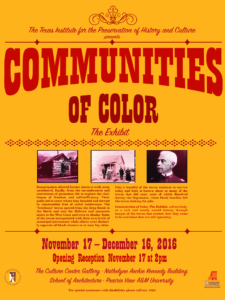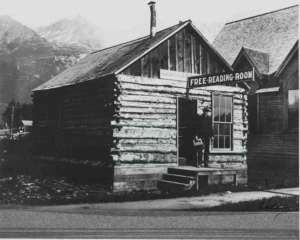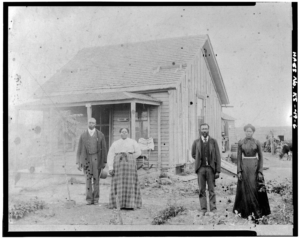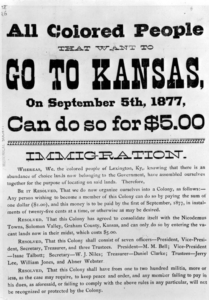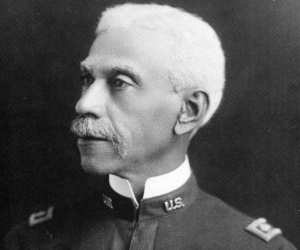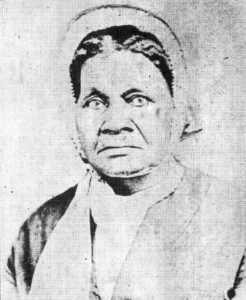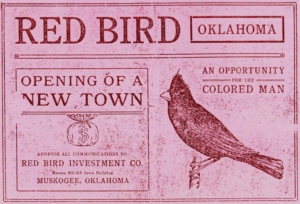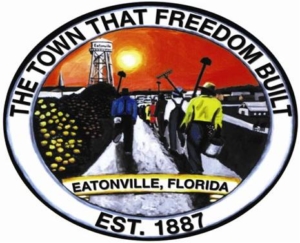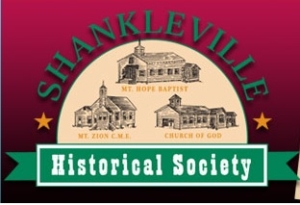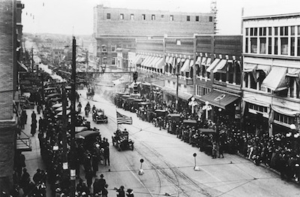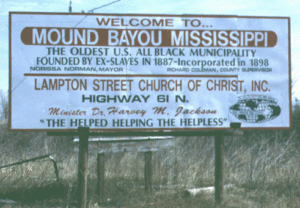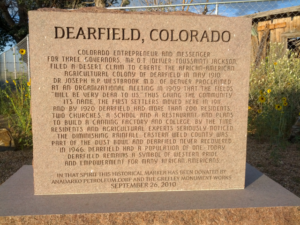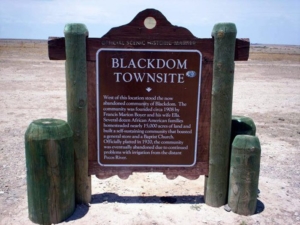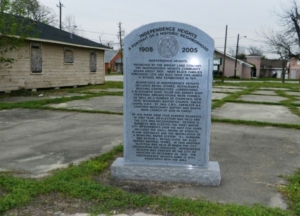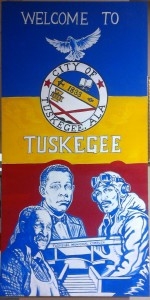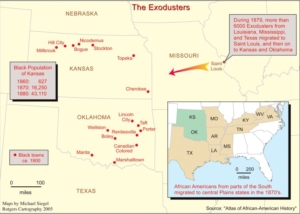” When I landed on the soil [of Kansas] I looked to the ground and I says this is free ground. Then I looked on the heavens and I says this is free and beautiful heavens. Then I looked within my heart and I says to myself, I wonder why I was never free before?”
– John Solomon Lewis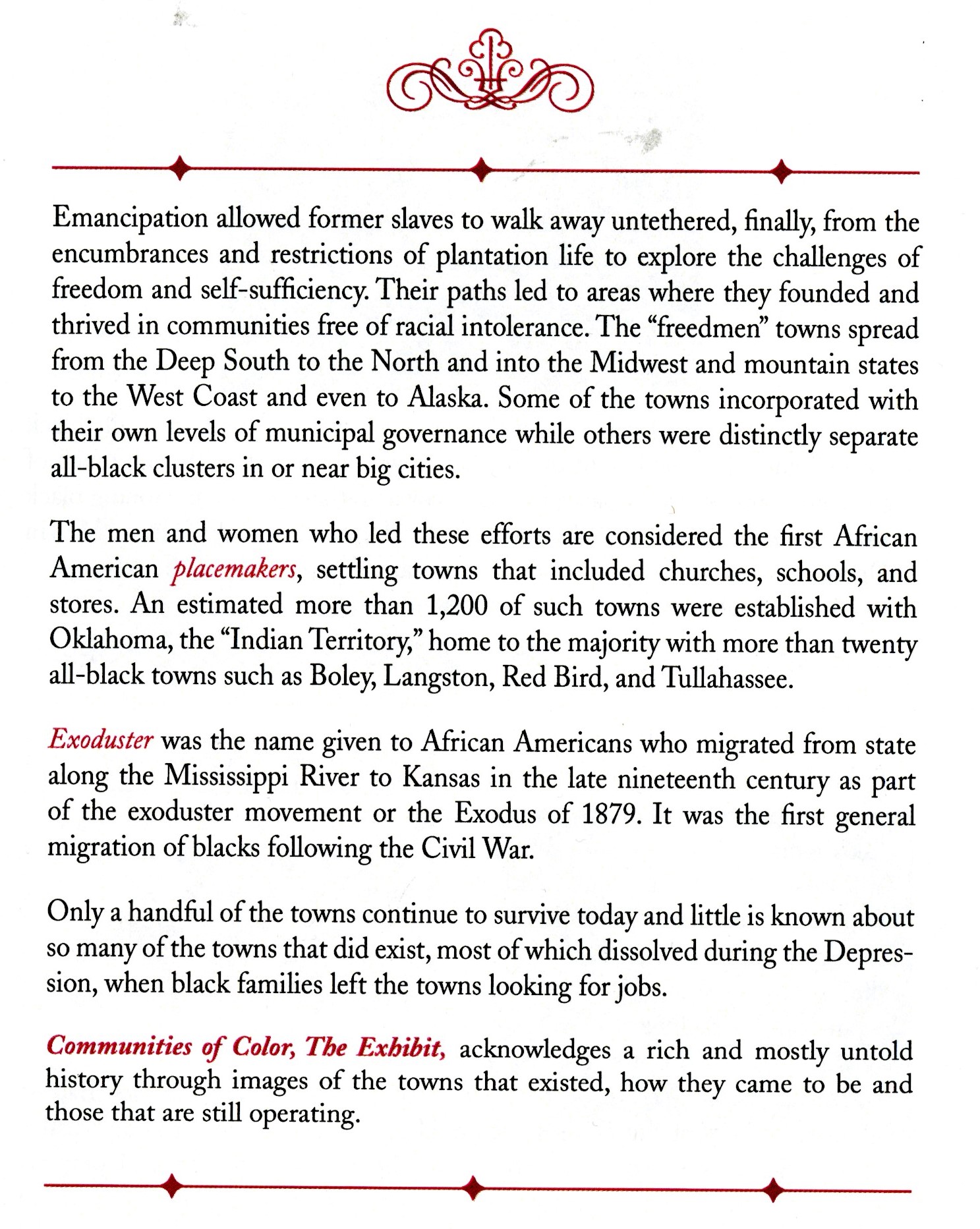
Below are some of the communities that were on display during the exhibit along with a brief history of each.
Dempsey, Alaska, holds the title of the most westward of the historically black towns founded in the height of the black town movement. Although much of the community’s history has yet to be uncovered, there was a functioning black town there by 1893. According to the local historians, town founder Melvin Dempsey was active in promoting progress and development in the area, opening the first public reading room in the state.
Nicodemus, Kansas. Although Life was hard on the Kansas plains, they fought hunger, snakes and prairie fires, the population of Nicodemus reached as many as 700 people by 1880.
Allensworth, California. Although a small, dusty town where residents constantly battled heat and drought may seem an unlikely setting for a heroic effort at colony building and racial self determination, this community of race pioneers, with its commitment to limiting the parameters of prejudice served as a beacon of hope to blacks in the Golden State and across the nation. The Community, Allensworth , belied the notion of African -American inferiority and in so doing, generated excitement and, hope and confidence. As soon as our race gets property in the form of real estate, of intelligence, of high Christian character, it will find that it us going to receiver the recognition which it has not thus far received, said Colonel Allen Allensworth, the community’s founder.
Brooklyn, Illinois. In the early 1820’s, eleven African American families, some free, some fugitive, crossed the Mississippi River from the slave state of Missouri to the free state of Illinois to found the first black town in the United States. According to oral tradition, the group was led by Priscilla and John Baltimore, and included the Anderson, Sullivan, Singleton, Wilson, Cox, Wyatt, and Carper families. Priscilla Baltimore had purchased her freedom from her master, a Methodist minister, and saw to it that religious faith would be on e of the guiding pillars of her new community. She hoped the community would be a refuge for others fleeing slavery.
Red Bird, Oklahoma. Located in Wagoner County five miles southeast of Coweta, is one of more that fifty All-Black towns of Oklahoma and one of only thirteen still existing. The Barber and Ruffin families settled n the Red Bird community before 1900, and other families soon followed. The settlement attained a post office in 1902, with A.A. White as the first postmaster. In 1889 E.L. Barber, one of the town’s developers, organized the first Baptist Church , the largest church in Red Bird. He also became Red Bird’s first justice of the peace and served as an early mayor. The Red Bird Investment company recruited African American families from all parts of the South to settle in the newly established town, More than 600 people attended the grand opening at Red Bird, August 10, 1907. By 1920 Red Bird’s population was 336.
Eatonville, Florida. Incorporated 1887. Newly freed slaves who had come into the area from Georgia, Alabama and further north and the not-yet-incorporated Maitland first settled the town in 1880. These newly freed men labored at clearing land, planting crops and citrus groves and helping to build houses, hotels and the railroad system. In a few years, some of them became community leaders, businessmen and respected citizens of the newly developed town of Maitland. By 1887, the African-American settlers in Maitland became interested in establishing their own town. An all-African-American town seems to have initially been a dream of Joseph E. Clarks, but he was unsuccessful in his attempts to purchase land for that purpose.
Shankleville Community, Texas is a “freedmen’s community” founded by Jim and Winnie Shankle in Deep East Texas. Named for Jim and Winnie Shankle, known as the first blacks in Newton County, Texas to buy land and become local leaders after gaining freedom by emancipation. Both were born in slavery: Jim in 1811, Winnie in 1814.
The Greenwood District in Tulsa, Oklahoma grew into the most famous and prosperous black urban community in the U.S. during the early 1900s. Dubbed the “Negro Wall Street” by educator Booker T. Washington, this community had a flourishing population that included both a working class and middle class of prosperous citizens. The town was created in 1906 by one of Tulsa’s earliest pioneers, O.W. Gurley, who had come from Arkansas to Oklahoma in the 1889 Land Rush. A black educator and entrepreneur who gained wealth by speculating in land, Gurley purchased forty acres on the northern outskirts of Tulsa. The town was destroyed in 1921, after it was burned by angry white mobs.
Mound Bayou, Mississippi, was founded in 1887 by freedmen led by Isaiah Montgomery. The town, according to blackpast.org, was designed for the residents to have very little contact with whites, had a post office, churches, banks, schools and stores and was often cited by Booker t. Washington as a model of self-sufficiency.
Dearfield, Colorado. historically black majority settlement in Weld County, Colorado, United States. It is 30 miles (48 km) east of Greeley. The town was formed by Oliver Toussaint Jackson, who desired to create a colony for African Americans. In 1910, Jackson, a successful businessman from Boulder, filed on the homestead that later became the town and began to advertise for “colonists.” The name Dearfield was suggested by one of the town’s citizens, Dr. J.H.P. Westbrook, who was from Denver. The word dear was chosen as the foundation for the town’s name due to the precious value of the land and community to the town’s settlers.
In 1899, inspired by his father Henry’s descriptions of New Mexico, Francis Boyer left his family in Georgia and accompanied by two friends, Daniel Keys and Mr. Ragsdale, started walking west to find an area where they could settle and build a community. Eventually they found a a suitable area dotted with vibrant flowers in southeastern New Mexico and the community of Blackdom was founded. The town was founded around 1902 and was located 18 miles southwest of Roswell. From then until the mid-1920s, about 300 people lived there. Blackdom represented an opportunity to those who wanted to shape their own destiny at a time when choices for African Americans were extremely limited.
Independence Heights, Texas. Independence Heights is a community built on a foundation of faith and a historic past. Our community was established around 1905 when the Wright Land Company developed the area and sold lots to African Americans. In 1908, the first deeds were recorded and by 1915 it was home to some 600 people seeking a better life. During these early days, Independence Heights was physically located outside the Houston city boundary known today as the 610 loop. The early Independence Heights pioneers sought equal rights and opportunities for themselves and established an independent municipality known as the first city incorporated by African Americans in the State of Texas.
Tuskegee is a city in Macon County, Alabama, United States. It was founded and laid out in 1833 by General Thomas Simpson Woodward, a Creek War veteran under Andrew Jackson, and made the county seat that year. It was incorporated in 1843. Tuskegee has been an important site in African-American history and highly influential in United States history since the 19th century. Before the American Civil War, the area was largely used as a cotton plantation, dependent on African-American slave labor. After the war, many freedmen continued to work on plantations in the rural area, which was devoted to agriculture. In 1881 the Tuskegee Normal School (now Tuskegee University, a historically black college) was founded by Lewis Adams, a former slave whose father, Jesse Adams, a slave owner, allowed him to be educated, and its first, founding principal was, Booker T. Washington who developed a national reputation and philanthropic network to support education of freedmen and their children.
Kansas and other destinations on the Great Plains represented a chance to start a new life. Kansas had fought to be a free state and, with the Homestead Act of 1862, the region offered lots of land at low cost. As a result, between the late 1870s and early 1880s, more than 20,000 African Americans left the South for Kansas, the Oklahoma Territory, and elsewhere on the Great Plains in a migration known as the “Great Exodus.”
These African American migrants, or Exodusters, came primarily from Mississippi, Louisiana, Texas, and Tennessee. Some participated in organized recruitment efforts to establish black colonies in Kansas. Others just picked up and left, often traveling by steamboat to St. Louis, where they received help to get the rest of the way. One prominent promoter of the Exodus was Benjamin “Pap” Singleton, who organized several colonies in Kansas and recruited African Americans from Tennessee to move there.

